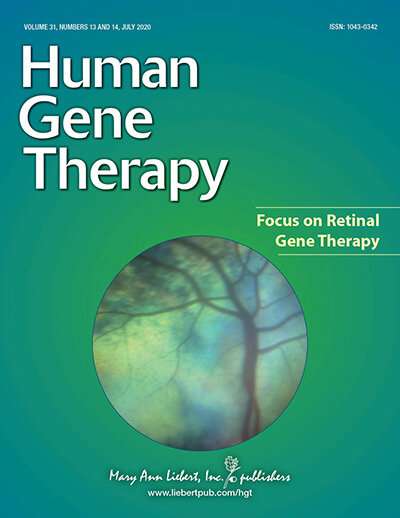Gene therapy targets inner retina to combat blindness

Gene therapy to the inner retina prevented blindness in a mouse model of the neuro-degenerative disorder CLN3 Batten disease. Adeno-associated viral (AAV)-mediated expression of the human CLN3 gene led to significant survival of bipolar cells and pre-served retinal function, as reported in the peer-reviewed journal Human Gene Therapy.
Batten disease is a group of fatal, inherited lysosomal storage disorders that predominantly affect children. The most prevalent form is CLN3 disease, for which there is no cure. Retinal degeneration and resulting vision loss is one of the symptoms.
Robin Ali, UCL Institute of Ophthalmology, London, and coauthors state that "Bipolar cell specific expression of human CLN3 rescues the retinal phenotype of Cln3-deficient mice." They show that the Cln3-deficient mice suffer a decline in inner retinal function resulting from the death of rod bipolar cells.
"In complex genetic diseases like Batten disease, the ultimate gene therapy solution may require parallel efforts between correction of the neurodevelopmental impairments and the vision loss," according to Editor-in-Chief of Human Gene Therapy Terence R. Flotte, MD, Celia and Isaac Haidak Professor of Medical Education and Dean, Provost, and Executive Deputy Chancellor, University of Massachusetts Medical School. "Thus, therapies aimed at correcting the retinal defect may prove to be very important in the care of these patients in the future."
More information: Sophia-Martha kleine Holthaus et al, Gene Therapy Targeting the Inner Retina Rescues the Retinal Phenotype in a Mouse Model of CLN3 Batten Disease, Human Gene Therapy (2020). DOI: 10.1089/hum.2020.038




















